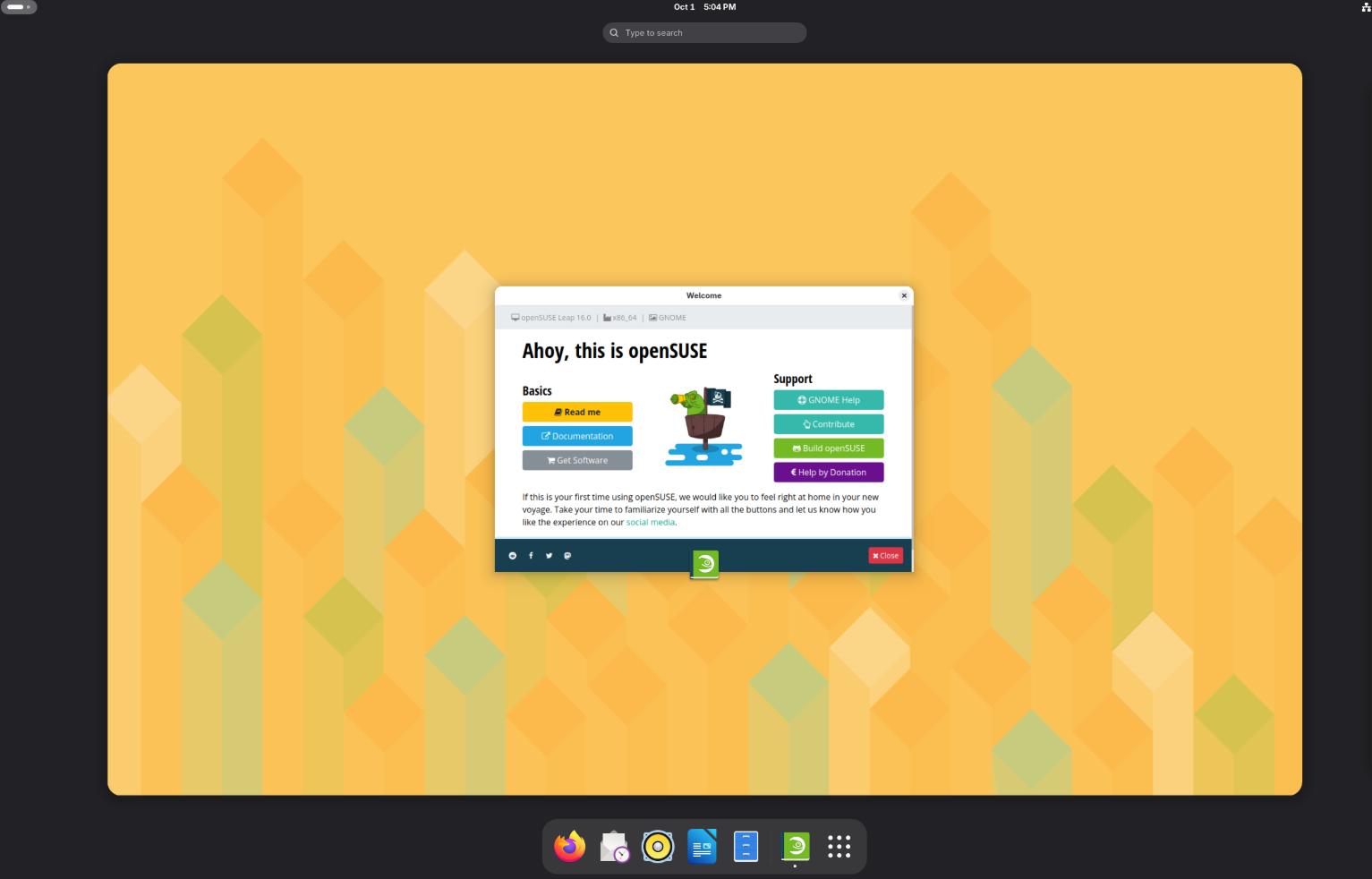In the rapidly evolving landscape of artificial intelligence (AI), the demand for personalized and private AI solutions is on the rise. OpenDAN emerges as a pioneering open-source Personal AI Operating System (OS) designed to consolidate various AI modules into a single, user-friendly platform. This article delves into the features, architecture, and potential applications of OpenDAN, highlighting its significance in the AI ecosystem.
Overview of OpenDAN
OpenDAN, an acronym for “Open and Do Anything Now with AI,” is an open-source project that aims to revolutionize personal AI interactions. By providing a unified runtime environment, it enables seamless integration and interoperability of diverse AI modules, empowering users to create and manage AI agents tailored to their specific needs.
Key Features
- Modular Integration: OpenDAN allows users to incorporate various AI models and modules, facilitating a customizable AI experience that caters to individual preferences and requirements.
- User Empowerment: With OpenDAN, users can develop AI agents ranging from personal assistants and tutors to digital companions, maintaining full control over their functionalities and interactions.
- Inter-Agent Collaboration: The platform supports collaboration among AI agents, enabling them to work together to address complex tasks and challenges.
- Service Integration: OpenDAN seamlessly integrates with existing services and can interface with smart devices, enhancing its utility in various environments.
Architecture and Design
OpenDAN’s architecture is designed for flexibility and scalability. It provides a runtime environment that supports multiple AI modules, ensuring they operate cohesively. The system’s modular design allows for easy addition or removal of AI components, enabling users to tailor their AI ecosystem dynamically.
Getting Started with OpenDAN AI Operating System
For those interested in exploring OpenDAN, the project is hosted on GitHub, where users can access the source code, documentation, and installation guides. The platform is licensed under the MIT License, promoting open collaboration and development.
Community and Development
As an open-source initiative, OpenDAN thrives on community engagement. Developers and AI enthusiasts are encouraged to contribute to the project, whether through code development, module creation, or providing feedback. The collaborative nature of OpenDAN aims to foster a transparent and inclusive AI ecosystem.
Potential Applications
The versatility of OpenDAN opens the door to numerous applications, including:
- Personal Assistants: Develop AI agents that manage schedules, set reminders, and perform daily tasks.
- Educational Tutors: Create personalized AI tutors to assist with learning and provide educational support.
- Digital Companions: Design AI companions for social interaction, mental well-being, or entertainment.
- Smart Home Integration: Interface AI agents with IoT devices to automate and enhance home environments.
OpenDAN represents a significant advancement in personal AI technology, offering an open-source platform that empowers users to harness the full potential of artificial intelligence. By consolidating various AI modules into a cohesive system, it paves the way for personalized, private, and versatile AI applications. As the AI landscape continues to evolve, OpenDAN stands at the forefront, championing an open and collaborative approach to AI development.
For more information and to get involved with OpenDAN, visit their official website:
openSUSE 16 Leap 2025: A New Chapter in Stability and Innovation
openSUSE 16 has opened a bold new chapter with its latest Leap release, inviting users into a future…
FydeOS 21: A Modern Chromium OS Alternative for Everyday Computing
FydeOS has gained attention as one of the most polished alternatives to Google’s ChromeOS. Built on …
Linux and the Internet of Things: Powering the Smart Future
When most people think of the Internet of Things (IoT), they picture the visible layer: smart thermo…



